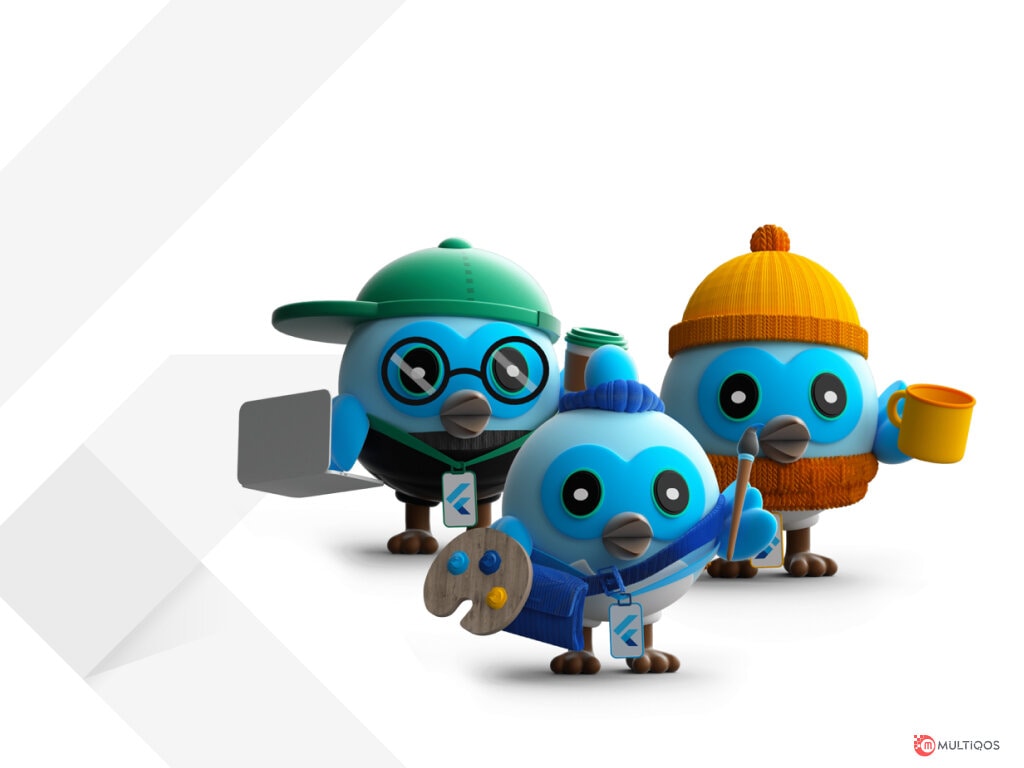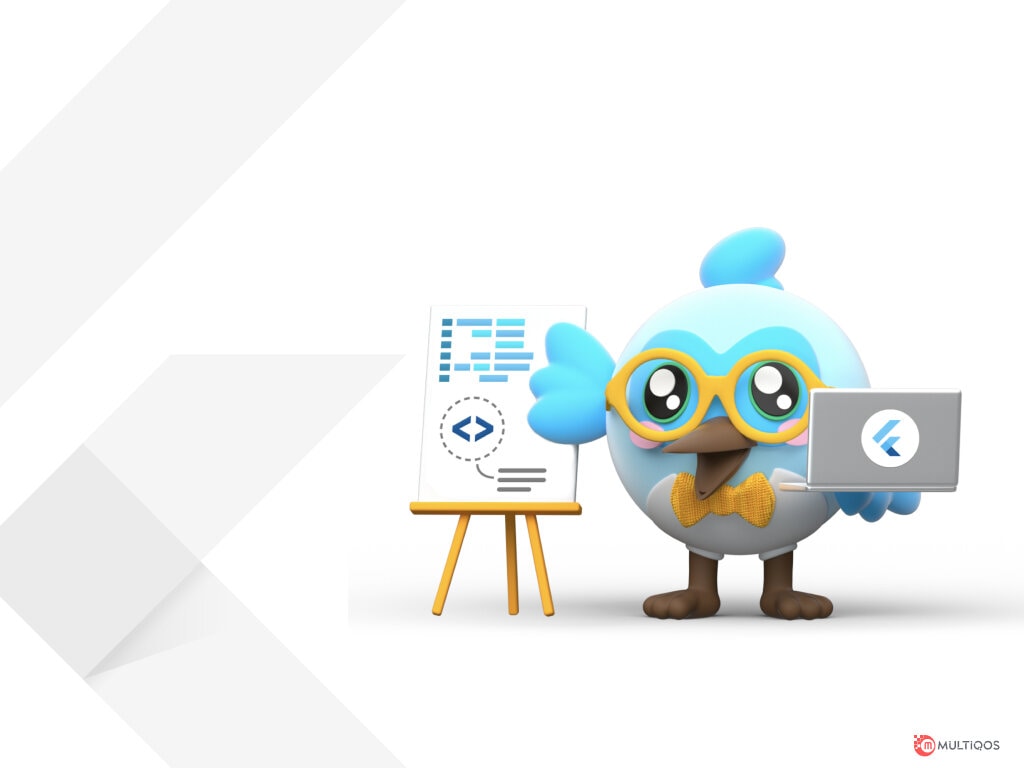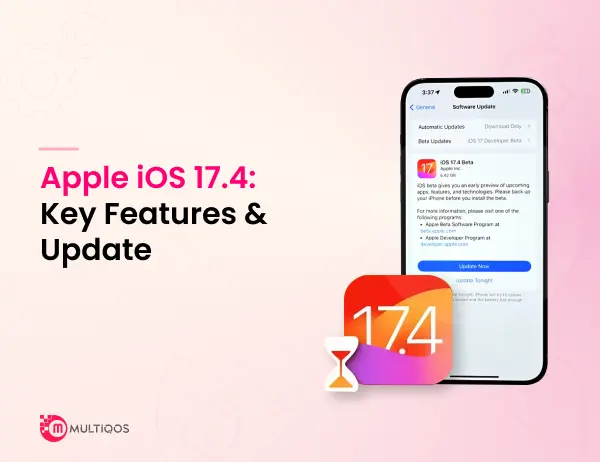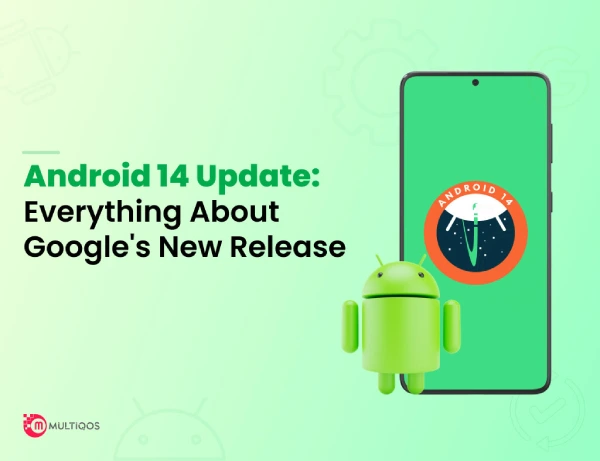What’s New And Exciting In Flutter 3 – Everything You Need To Know
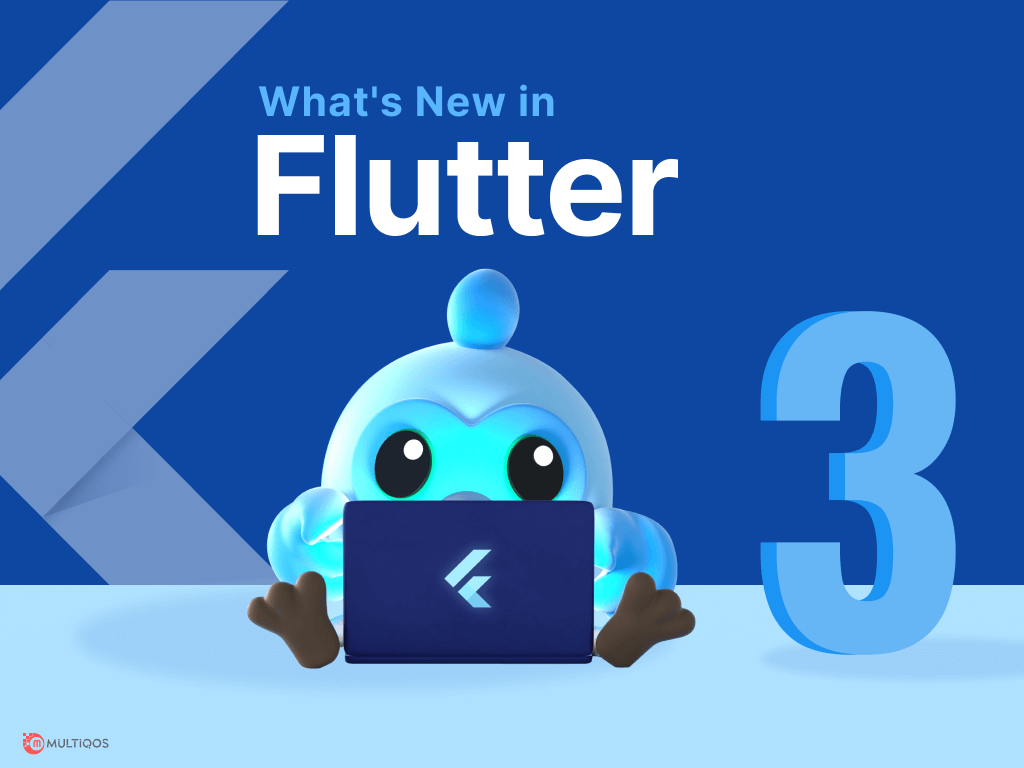
Introduction
As we live in a high-end technology era, Google’s latest launch of its midnight prodigy is no longer a surprise to us. Here we are talking about the latest Google masterpiece, Flutter 3, created to achieve its purpose by being built with more platforms.
With Flutter 3, Flutter developers can create Avant-grade experiences for six platforms from a single codebase. Flutter app development helps the flutter app developers with productivity that allows the startups to put up new ideas in the market from the very beginning.
In Flutter’s earlier versions, Google complemented iOS and Android, and now Flutter 3 adds stable support for macOS and Linux apps. The purpose is to help Flutter developers have the flexibility to have the exclusive benefit of the underlying operating system while simultaneously sharing as much UI and logic as possible.
What Makes Flutter Unique?
Flutter doesn’t rely on web browser technology or the widgets set with each device. Instead, Flutter app development uses its own rendering engine to draw widgets. It makes Flutter different from any other options for building mobile apps. Moreover, Flutter is unique because it only has a thin layer of C/C++ code.
Flutter implements most of its systems like frameworks, widgets, gestures, animation, compositing, etc., in Dart, which is a modern, object-oriented, concise language that Flutters app developers can easily approach, read, and replace, remove or change. It allows the Flutter developers incredible control over the system and lowers the bars to approachability significantly for the majority of systems.
A Brief Summary of Features in Flutter 3.0
- macOS and Linux have reached the steady branch
- It fully supports Material Design 3 now!
- Flutter is fully native on M1 now, which allows much faster compilation
- Casual Games Toolkit, a starter kit of templates and best practices, and credits for apps and cloud services were launched to make it easier for casual game developers to get started.
- macOS desktop apps are built-in universal binaries that provide native support for both existing Intel-based and M1 Macs.
- Flutter/Firebase integration is a fully-supported. Moreover, Firebase’s official documentation website has been added with FlutterFire.
- flutter_lints package updated to v2.0
- Provides better support and performance on Android without any breaking changes.
- The best practices page of performance is primarily rewritten and moved to become more visible.
- More theme extensions to make our life more accessible now.
- Full support for international text input, including Chinese, Japanese and Korean, on all desktop platforms.
- The Flutter app development team will provide limited support on Windows 7/8 for DEVELOPMENT (not for apps) from now on.
- MediaQuery now contains a list of display features describing the bounds and states of device elements like cutouts, folds, and hinges.
- Flutter web app has a new lifecycle API that allows the flexibility to control the bootstrap process of the Flutter app development from the hosting HTML page and helps Lighthouse analyze your app’s performance.
- iOS releases are simplified with new IPA commands. Flutter builds IPA that is export-method ad-hoc / development/enterprise. Once the app bundle is completed, you can upload it through the Apple transport macOS app or using the xcrun altool to the command line. Xcode is no longer needed to be opened to release your app anymore.
- Cascading menus and support for the macOS system menu bar
Performance Improvements in Flutter 3.0
- Partial repaint is now enabled on iOS and newer Android devices, while there was a single rectangular dirty region previously.
- Flutter 3 has an integrated caching mechanism that estimates the rendering complexity of pictures based on the cost of draw operations. It gives reduced memory usage without losing any performance.
- Flutter now supports variable refresh rates on iOS devices with ProMotion displays; flutter app development can render at refresh rates reaching 120 Hz, previously limited to 60 Hz.
- An impeller is a new solution to address early-onset jank on iOS and other platforms. Impeller precompiles a simpler and smaller set of shaders at engine build time, so while an app is running, they won’t compile.
- In simple cases, performance improvements of opacity animations are visible.
- Raster and UI threads now run at a higher priority basis on Android and iOS than any other threads; for example, Dart VM background garbage collection threads. This resulted in ~20% faster average frame build times.
- In browsers, Flutter web now uses the ImageDecoder API. That allows 2x faster image decoding, and it never blocks the main thread but removes all junk previously initiated by images.
Wrapping Up!
Flutter generates a hierarchy of ARIA attributes as part of a material design initiative that makes it easier to access your app’s content. Users are allowed with visual impairments that navigate around the app using gestures and keyboard shortcuts. It even allows navigating through apps that are more complex to read. Additionally, Flutter automatically generates an accessibility tree based on widgets.
For the developers of accessibility-aware mobile applications, Flutter is becoming a popular framework. Companies all over the world are adopting Flutter, despite its open-source nature. Flutter 3 supports accessibility services in production applications, making it more compatible with major platforms. With the help of this latest version of Flutter, App developers can create advanced apps for any user. So, download Flutter 3 to reap the benefits it can bring to your user base.
Looking for a Skilled Flutter Developer?
Embark on an app flutter development journey like no other. Schedule a meeting to unlock the potential of your idea.
FAQ on What’s New in Flutter 3.0
It is Google’s portable UI toolkit for creating natively assembled applications for mobile, web, and desktop from a single codebase. Flutter is used by developers worldwide, works with existing code, and is free and open source.
Flutter is approachable to those programmers who are familiar with object-oriented concepts (classes, methods, variables, etc.) and imperative programming concepts (loops, conditionals, etc.). We have seen people with minimal programming experience learn and use Flutter for prototyping and app development.
Yes! Flutter comes with a modern react-style framework. The framework of Flutter is designed to be customized (optional) and layered. Flutter developers can opt to use only parts of the framework or even replace the upper layers of the framework entirely.
Yes, Flutter comes with Flutter DevTools (also called Dart DevTools).
Flutter app can be built using Linux, macOS, ChromeOS, and Windows.
Dart is a fast-growing modern language optimized for client apps. The underlying graphics framework and the Dart virtual machine are implemented in C/C++.
Get In Touch

